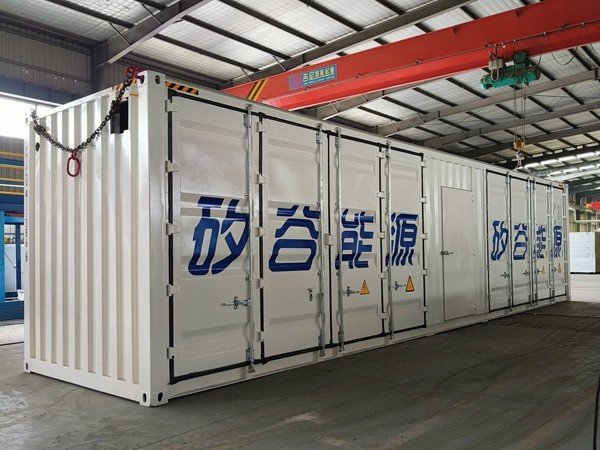Energy Storage Solution
Special containers can also be used as energy storage containers for storing electricity, balancing grid loads, and responding to peak energy demand or remote areas. These containers are usually equipped with photovoltaic panels, battery energy storage systems, inverters, and monitoring equipment, which can become an independent power storage system.

Photovoltaic Energy Storage and Charging Solution
The integration of “light storage and charging” is a green charging mode that integrates photovoltaic power generation, energy storage, and charging and supports each other in a coordinated manner, with three parts at its core: photovoltaic modules,…

Silicon Valley Energy Storage Container
Because special containers have better sealing and explosion-proof performance, they can ensure the safe transportation of dangerous goods and reduce risks during transportation. With the development of the new energy industry and the combination of…
